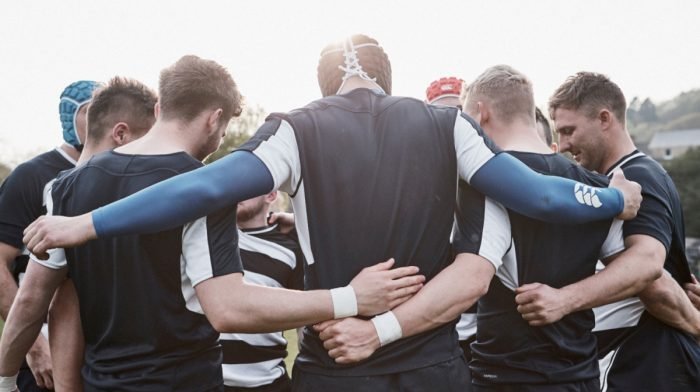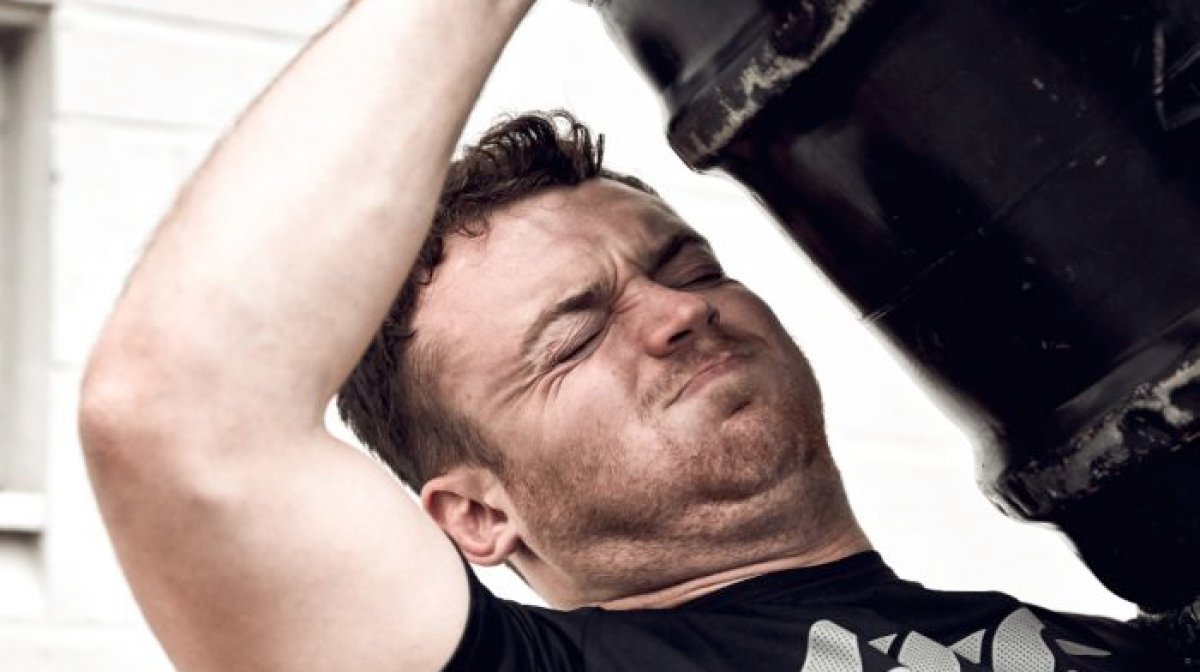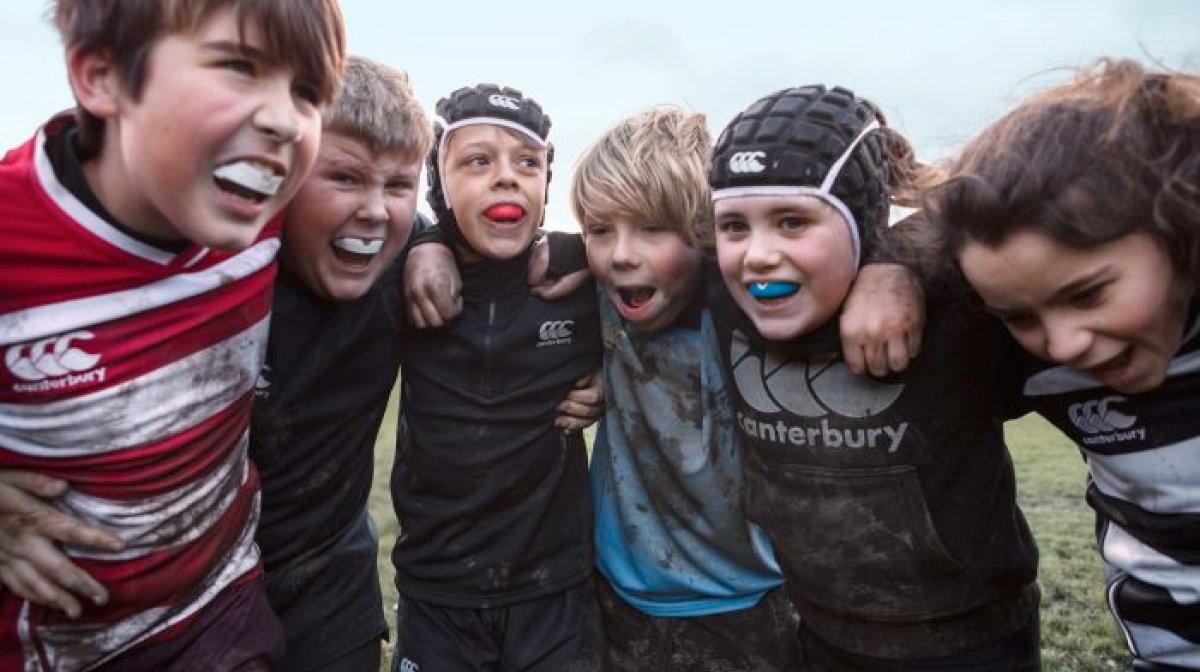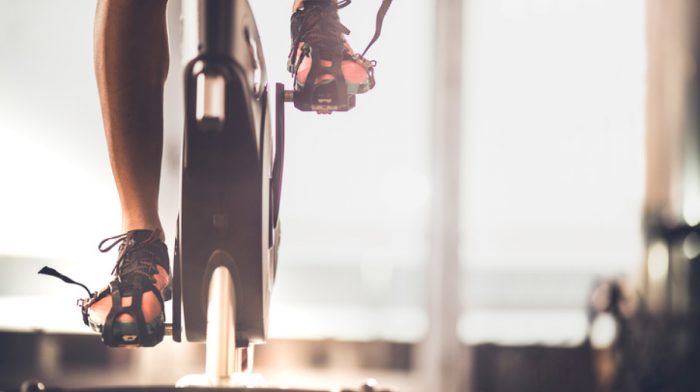This practice of exposing tired limbs to sub-zero temperatures using ice baths/packs and liquid nitrogen has gained a lot of clout in rugby circles as a way of ensuring that players recover more quickly from matches and workouts. With whole-body cryotherapy (WBC) in a liquid-nitrogen chambers, the cold climate reaches minus 180 to 292 degrees Fahrenheit.
This is meant to soothe muscle and joint pain with the utmost efficiency by increasing blood flow and reducing any inflammation. Indeed, a cryotherapy expert travelled with the team on the 2013 British and Irish Lions tour. So, here is what you need to know about the procedure.
On with your white clogs and woolly gloves
WBC is the real top-end of cryotherapy, where you enter a tall metal chamber in your underwear, white clogs or booties and white gloves for three minutes of subjection to those sub-zero blasts of liquid nitrogen every few seconds.
The chill speeds up your blood flow and is meant to give you a huge rush of endorphins, that natural kick, as well as lessening the effects of bruising and arthritis. Cryotherapy is not suitable for those who are pregnant, or who have cardiovascular problems, cold allergies or hypertensions, but it is claimed that a session can burn up to 800 calories.
However, don’t sweat, as this can lead to hypothermia, so you must dry off your body completely with a towel before you stand upright for those three minutes in the chill-out zone.
In some, your head will be free at the top of the chamber, and you may be furnished with a robe to deal with the liquid nitrogen-chilled air that flows into the space. You’ll feel the chill, but it is no more uncomfortable than dry heat, and your breathing will quicken as your blood flow increases and your limbs tingle as the endorphins kick in.
After the three minutes, your legs may feel cold for up to 20-30 minutes, but you will have that runner’s high for a few hours.
The budget version of cryotherapy
The likes of the Lions can probably afford regular cryotherapy, but for those who are rather more impecunious, there is always the ice bath; the effects of your body are the same, with reported benefits being more flexibility, less joint pain, better sleep cycles, faster recovery and better workouts.
Of course, as your blood circulation and oxygenation improves, so will the efficiency of your immune system, it is said, and this is vital for normalizing your hormonal balance. You won’t be forking out nearly £70-odd for a three-minute session though, if you load up your tub with ice cubes from your local Iceland branch.
The naysayers of the cold-shoulder treatment
Although certain sports scientists hypothesise about the benefits of cryotherapy, others are more cautious about backing the procedure without further research into the long-term benefits.
The Wales team used the chambers and believed they played a big part in their march to the World Cup semi-finals in 2011, but there has been a thawing-out of this enthusiasm recently after the Cochrane report in 2015.
The scientists concluded that there was no solid evidence the cryotherapy did aid the recovery of 64 young athletes. Indeed, the findings suggested that, with only four studies conducted into the effects of cryotherapy, the research was lagging far behind the rush to embrace the treatment at club and pro level.
There does need to be greater insight into whether cryotherapy does really reduce the number of white blood cells entering damaged muscle, so lessening inflammation and other workout soreness. It would seem to be a case of try the treatment (which will probably at worst give you a frost mark) but don’t hold it to be the shibboleth for all your recovery.
Sleep, huge protein intake after quick carbs, and a good old warm-down will work wonders, too!









